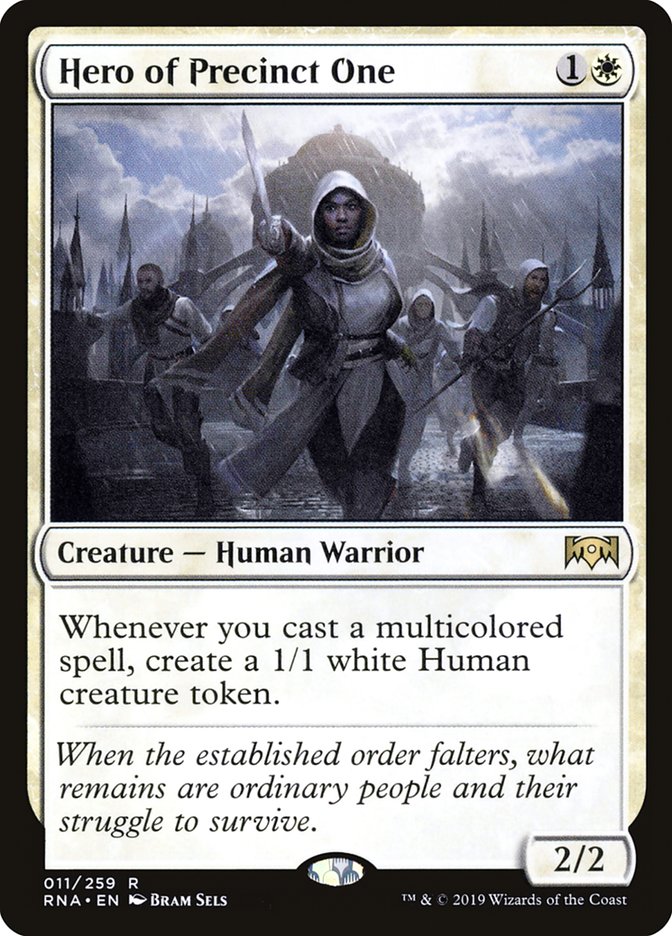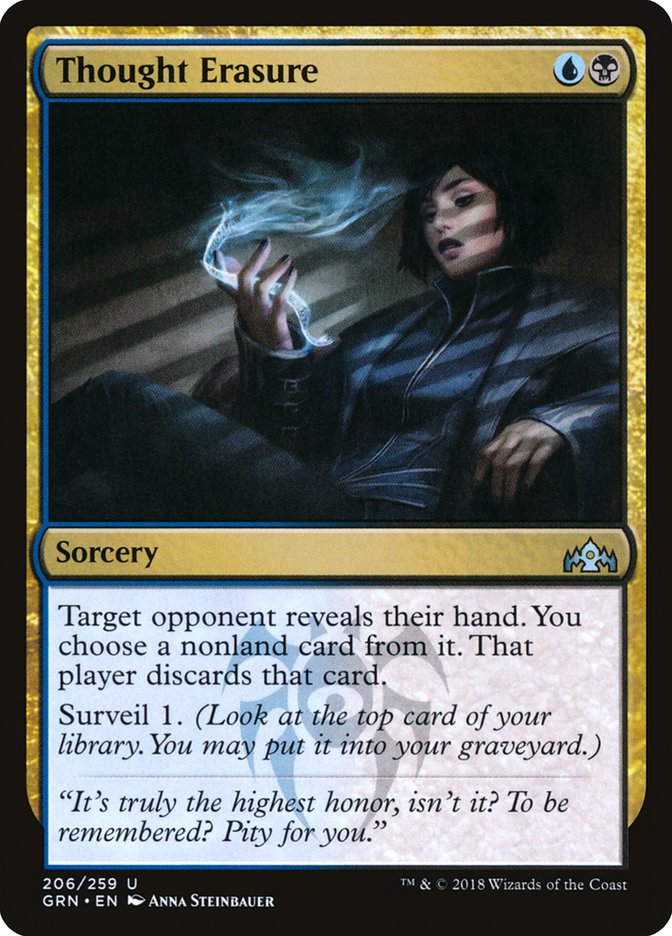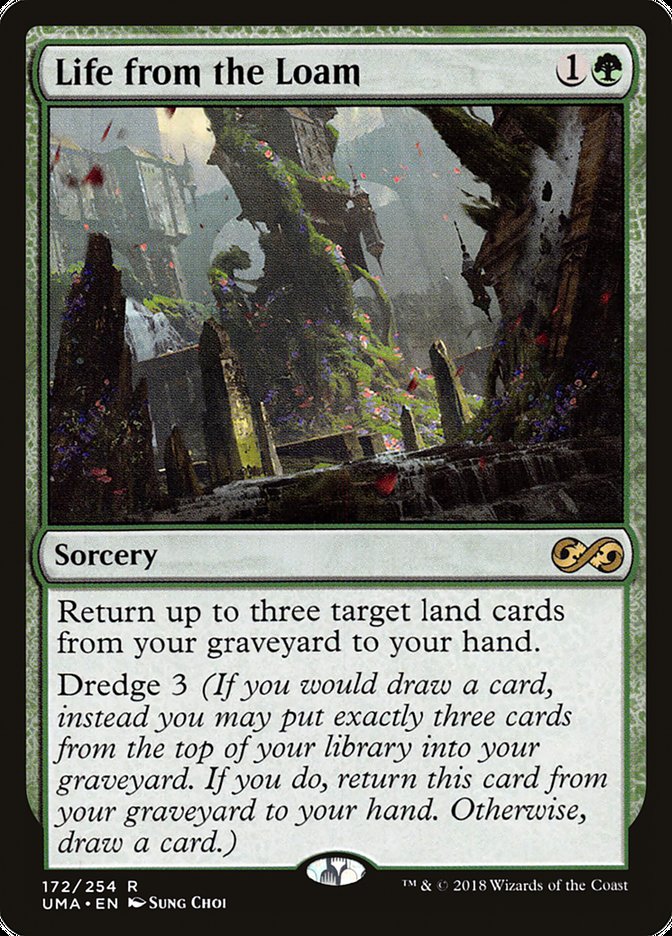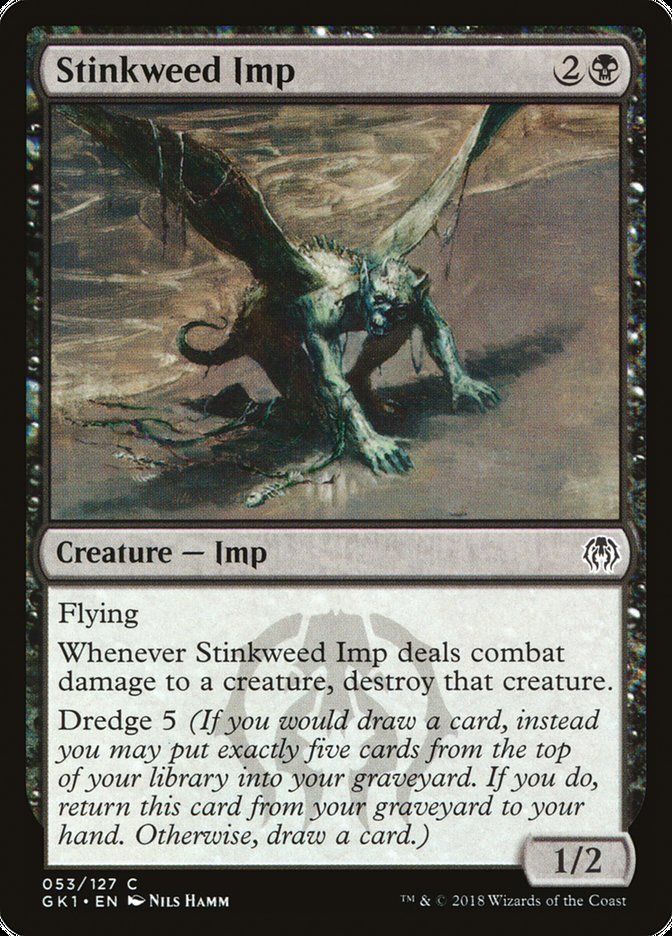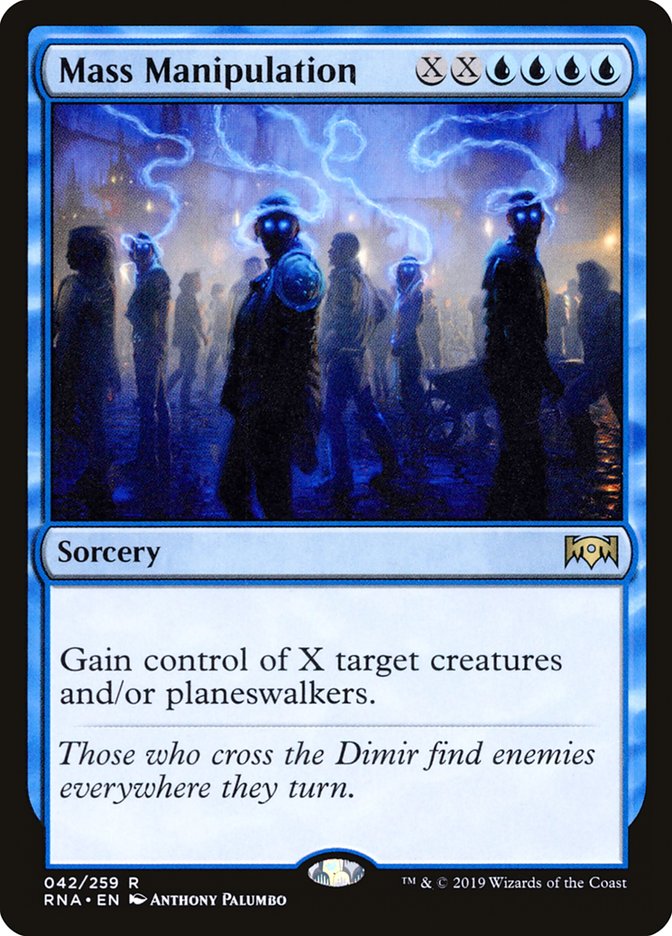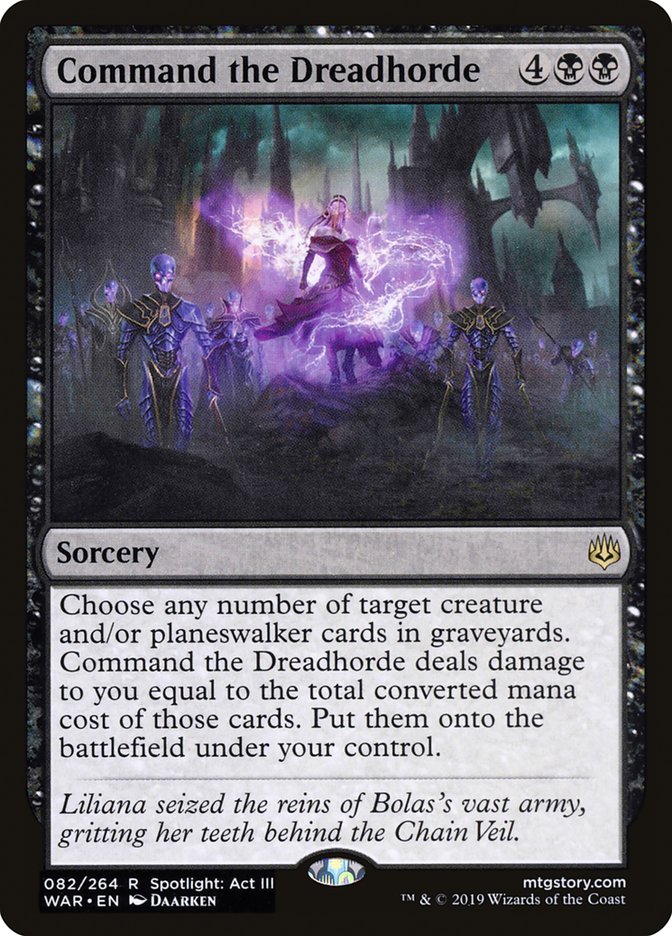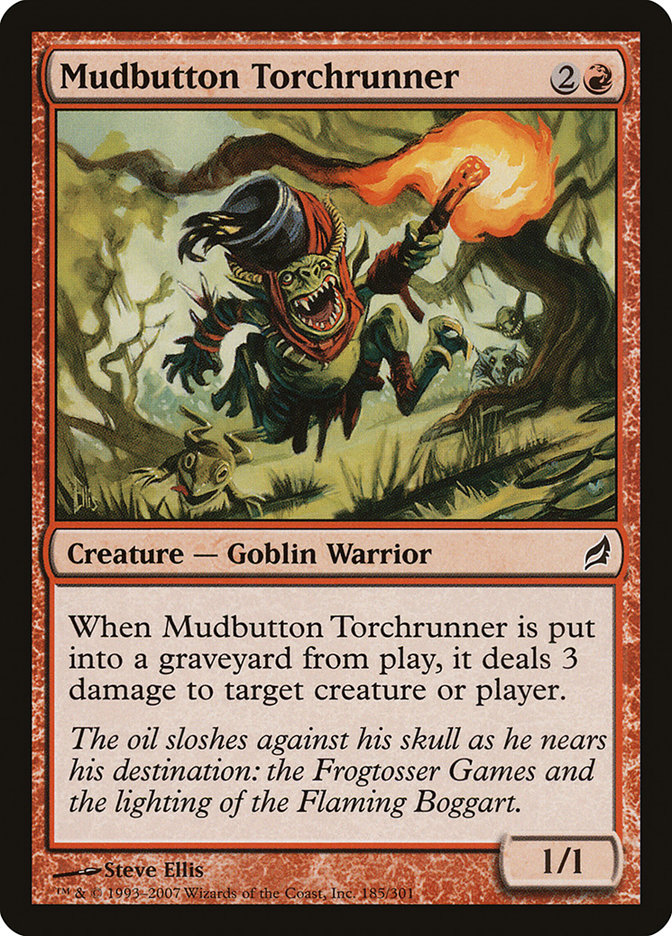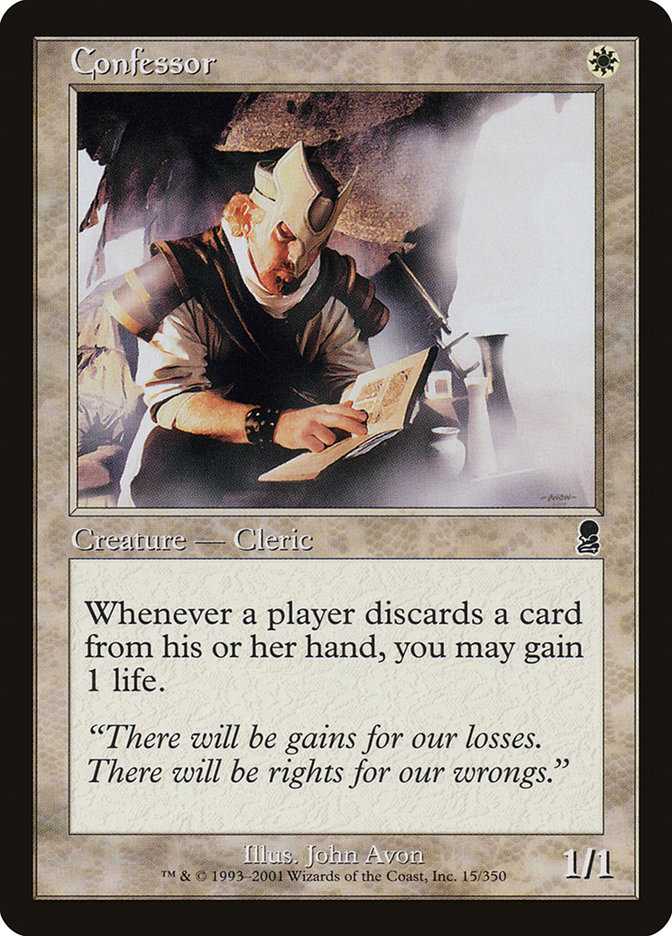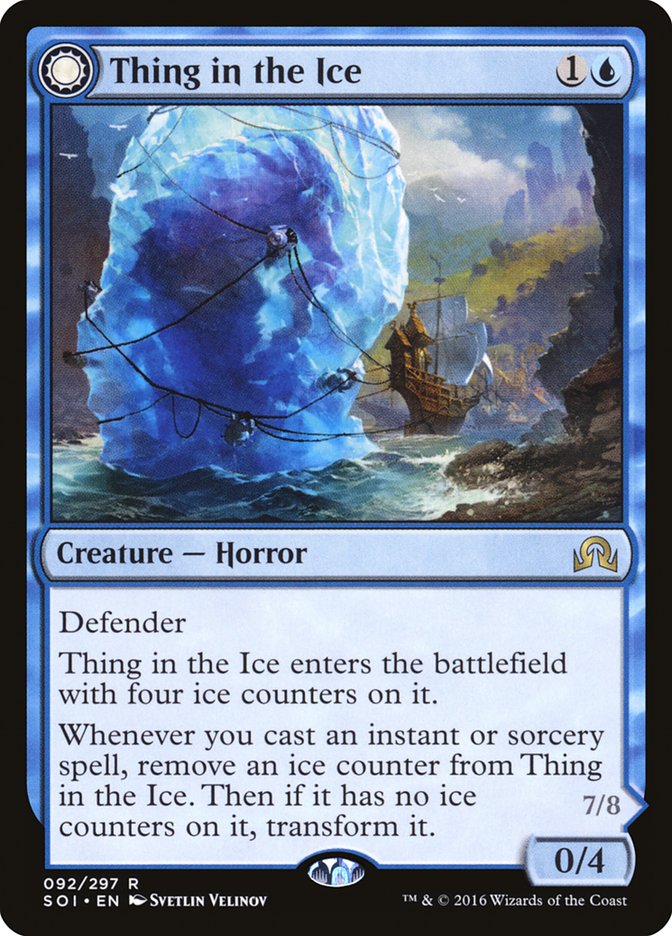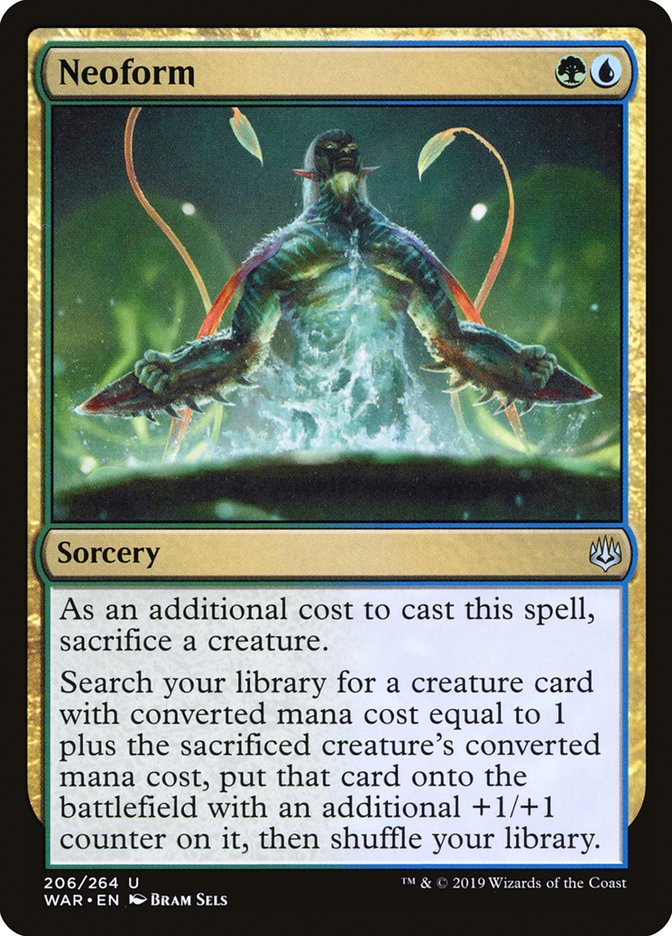Welcome to another edition of Fact or Fiction! Today, Sam Black, Ari Lax, and Shaheen Soorani are here to render their verdicts on five statements about the Season One Invitational at SCG CON Summer. Don’t forget to vote for the winner at the end!
1. With Ben Friedman’s win at GP Kansas City, Esper Superheroes is the Standard deck to beat in the Standard portion of the Season One Invitational.
Sam Black: Fiction. It’s hard to believe anyone watching the development of this Standard format could look at how things have gone and claim that a deck, let alone a deck that just won a single tournament, could be the deck to beat. This is likely the most diverse Standard format ever by any reasonable metric. I don’t have the data, but it wouldn’t surprise me if a greater raw number of different cards have seen success, better color balance, more unique archetypes, and even within all of that, we also have more varied threats due to the explosion of planeswalkers. Even beyond that, there are probably wider gaps in the composition of decks in terms of metrics like mana curve and number of lands, or number of cards of other types.
I’d guess this is mostly a result of the cards available and job well done by Wizards of the Coast’s Play Design team, but it’s also possible that the state of information is a factor. Previously, we’d get results from decks that won tournaments or decks that managed to 5-0 Leagues on Magic Online, which is actually a reasonably high bar. As the player base has moved to Arena, players, especially Gerry and Bryan of the @ArenaDecklists account, have stepped up to help raise awareness of decks people are playing, and the result is the barrier to getting a deck shared on the internet is lower, so there is a wider variety of ideas around.
The point is, Esper Superheroes is a good deck, but things move quickly in this Standard format, and if you’re going to play last week’s deck, you probably need some new tech to keep up. This won’t be a safe choice for the “best deck” players.
Ari Lax: Fact. Esper Superfriends got second place at SCG Syracuse and was among the best-performing Day 2 decks there. It was among the best performing decks in Day 2 of the Arena MCQ, with multiple qualifying lists.
Whether this list has twelve or twenty planeswalkers, maindeck or sideboard or just no Hero of Precinct One, those are details everyone is going to fiddle with. Thought Erasure and Teferi, Time Raveler form the top pairing to beat for the Season One Invitational.
Shaheen Soorani: Heavy Fiction. With each passing Standard format, the deck diversity bar continues to be raised. I was very skeptical about the upcoming format’s health when we were told a planeswalker in every pack was the trademark of War of the Spark. I love planeswalkers as much as the next person, but even I have my limit.
Ben Friedman’s Esper Superheroes list is very similar to others that have had success. It jams twelve planeswalkers in the maindeck, taking full advantage of the card and tempo advantage associated with the Esper-colored options. This deck has run the tables in previous Standard tournaments but was dethroned by a wave of Jeskai Superfriends recently. The tournament prior, Mono-Red Aggro was dominating, looking like the best deck yet again. After that Mono-Red Aggro victory, my next article was crafted to be a calming presence in a format that I knew was going to be robust and ever-changing.
The deck to beat is not Ben’s Esper Superheroes, or Zan’s Jeskai Superfriends, or Pulliam’s Mono-Red Aggro. The decks to beat in Standard are all of the above equally, as well as whatever emerges through online content, tournament presence, or in the lab of one of the talented deck designers out there. This format will keep all tournament competitors on their toes.
2. With Oliver Tomajko’s win at SCG Louisville, Dredge is the Modern deck to beat in the Modern portion of the Season One Invitational.
Sam Black: Fiction, but kinda. This is an extreme rarity, maybe even the first time ever, but I think Modern might actually be less diverse than Standard. If there’s one deck to beat in Modern, it isn’t Dredge – it’s probably Izzet Phoenix or Humans – but there is an element of truth, or at least utility, to thinking of it as a deck to beat.
I think Dredge has a ceiling of being the best deck in Modern, and it hits that ceiling any time people aren’t expecting it. Prior to Oliver’s win, Dredge is the deck I’d have played at a Modern event, and, to be honest, it’s still a deck I’d be likely to play just because other decks I’m familiar with are also not well-positioned at the moment, but I don’t think it’s the best choice because it should have a target on it right now.
From the perspective of a player of another deck, you should think of Dredge as a deck to beat.
From the perspective of a potential Dredge player, you should probably think of it as the deck to beat and decide whether that’s really something you want to try to overcome.
Ari Lax: Fiction. If you ever say Dredge is the deck to beat, it isn’t the deck to beat. It only became the deck to beat in Louisville because previously it wasn’t, then Izzet Phoenix wasn’t, and then everyone started cutting the maindeck Surgical Extractions that made it that way.
Dredge will be fine, but if it’s the best-performing deck I’ll be astonished. The next time you will want to play Dredge if you aren’t already locked in will be in July, right after the London Mulligan takes effect and we do this same “forgot about Dredge” thing again.
Shaheen Soorani: Fiction. Similarly to the first question, Modern is too diverse of a format to have a deck to beat. Izzet Phoenix was the only deck in recent history that forced players to pack maindeck hate that was weak against other strategies, but I believe that time has passed. There are some players still equipped with haymakers against the graveyard Game 1, but I believe that is incorrect moving forward.
Humans is one of the most popular live decks, where Dredge is still only piloted by a small total percentage of the player base. A large reason is the cost of Modern, where players have a collection that they craft decks from, and Dredge has weird cards that do not fit other archetypes. Another reason is how strange the deck is for new pilots. It breaks the rules of Magic, requiring players to put in a great deal of legwork to get the hang of the deck. For those reasons, it is less prevalent even when considered the best deck. Even if those factors evaporate one day, it will not hit Izzet Phoenix numbers. Just like Standard, the amount of decks to prepare against in Modern is significantly more than one.
3. With numerous viable decks and a metagame that’s evolving almost daily, War of the Spark Standard is the best Standard format of all time.
Sam Black: Fiction. I already made the case that this is likely the most diverse Standard has ever been, so part of my answer may be informed by simply not wanting to make the same case again, but here we go:
Format diversity is an easy relatively objective proxy for evaluating the health and quality of a format, but I assume we shouldn’t take it as synonymous with “best,” just because it’s more useful for the words to mean different things – we can easily ask if a format is the most diverse if that’s what we want to know. That said, I don’t know a better objective measure of a format’s quality that diversity, so I have to assume any time we’re asking about “best” we’re asking a subjective question, essentially, “Is this your favorite Standard format of all time?”
My answer to that is no. I think there’s a reasonable case that there are things that are legitimately not optimal that diversity doesn’t quite measure.
Play Design has done a great job of placing power in a really wide variety of strategic places, but the overall power level is still very high – here are a lot of different kinds of good cards to work with, but you can’t show up with bad cards and expect to have a chance. Was this always the case? I don’t know, but there was a time when I won a car with Mudbutton Torchrunner in Constructed and I’ve played Confessor for value in a white aggro deck, so I feel like there was a time when synergy or responding to a particular threat could take you a little further into the common bin to find the right role-player, and I personally like that.
As Ari wrote about, the diversity and power of threats in Standard pushes proactive strategies in a way that’s very similar to Modern and can lead to a “ships passing the night”/solitaire-type feel to the games. Some players prefer Standard specifically because it’s generally less diverse – it often has a deck to beat, and some players really like having that clear target in mind to try to find something new that beats the bully.
I’d like slightly weaker cards, I suppose, to allow for more interaction and more room for cards that aren’t pushed to make it through, rather than just having a huge number of pushed cards. Like, this is good, but it could be so much better if the best cards were a little worse so all the other nonsense that’s just on the edges could have a chance.
For me personally, the best Standard formats were Ravnica / Kamigawa and Time Spiral / Lorwyn, for the record, and because I can’t really say this isn’t the best just because it has problems if everything else has bigger problems.
Ari Lax: Fiction. War of the Spark Standard is the Modern of Standard formats. You can play a large number of decks, but they are doing close to goldfish things against each other.
This is all on the three-mana planeswalkers. They create early runaway games if unopposed, and they all have the classic planeswalker issue where removal is always a bad trade. All the early creatures aren’t good enough to pressure them out of the metagame, so we just have these battles of “slam planeswalkers, minimal removal for Mono-Red Aggro, see who sets up their squad first.”
The metagame looks good, but the gameplay is lacking. Ravnica Allegiance was a better Standard format and I’m sure I could find others if I dug back through the years.
Shaheen Soorani: Almost Fact…but sadly Fiction. I think it is far too early to label this the best of all time. The format is amazing when using the metric of diversity, with most color combinations having viable, competitive options. There are so many different options at a deckbuilder’s disposal that it becomes a question of comfort. Aggro, control, and midrange are all powerful, tournament-winning archetypes in the current Standard.
Depending on the tournament, Mono-Red Aggro or Mono-White Aggro could be the dominating choice. When the aggro decks get a bit too big for their britches, midrange decks armed with value planeswalkers can clear out the competition. At the end of the food chain, control can be built in a way to defeat one, while having vulnerabilities against the other. That decision comes from a metagame call, but still adds to the strength of the current Standard. My only gripe at this point is the non-interactive nature of some of the planeswalkers. The static abilities gave these new threats another layer of complexity that I appreciate, but I hope future ones will never have them again.
4. Even though Drake Sasser made the finals of SCG Louisville with Izzet Phoenix, it’s time for the Magic community to admit that Izzet Phoenix is no longer the best deck in Modern.
Sam Black: Fiction. I haven’t seen any compelling data that supports the position that Izzet Phoenix is worse than it was or that something else is better. To my mind, we’ve been given the precise date that it will stop being the best deck in Modern (July 5th, with the London Mulligan rule), if it isn’t pushed out before then by Modern Horizons.
Izzet Phoenix has been dominating Vancouver Mulligan Modern, and pointing to an event where “only a single player made the Top 8” – finishing second – while three others made the Top 16, more than any other archetype, isn’t even a single data point against the deck.
Ari Lax: Fact. Izzet Phoenix was a weak best deck, in the sense that its clock wasn’t absurdly good and its answers were amazing. It was just a bit more consistent than everything else at being “good enough for Modern.”
More than anything from War of the Spark, people just stopped playing the decks that can’t match Izzet Phoenix on consistency. Narset, Parter of Veils and Karn, the Great Creator also do some work in making other decks more consistently powerful, and Narset is a nice hate card for the cantrip theme deck.
Izzet Phoenix still put four copies in the Top 16 of SCG Louisville, so it isn’t dead, but the format just caught up to it.
Shaheen Soorani: Fact. Izzet Phoenix is a great Modern deck, but I do not think it is the best. I have a hard time defining the end-all, be-all Modern choice because of the diversity of the busted format. Players get to choose their non-interactive, linear weapon of choice, and then go to town against their opponent. I have voiced my stance on Modern as a whole, and I wish it could slow down a few notches to produce better gameplay. Maybe some of the free spells from Modern Horizons will do that, but I am still a bit skeptical.
Even though I can be a grump about this ridiculously fast format, I still see the enjoyment it provides for most of the players out there. It isn’t skill-less, and the more experienced Modern player stands tall among the rest of the competition. With that being said, Izzet Phoenix may be the best deck in the hands of the best pilot, where I trust a player like Edgar Magalhaes to have a great shot of taking down a tournament easily with Amulet Titan.
5. Wizards of the Coast made the correct decision by instituting the London Mulligan rule over the Vancouver Mulligan rule across all formats with the release of Core Set 2020.
Sam Black: Fact. This is one of those decisions that’s close enough and complex enough that whatever Wizards of the Coast chose to do, I’d argue that it was correct, to be honest. I may have more faith in them than most, but I also know they have much better data than I do, and a much clearer idea of their goals. Do I think Modern will be more fun to play as a result of this decision? Maybe not. Do I think it will destroy Modern? No.
It makes sense to have a single mulligan rule, and it makes sense to prioritize Standard, Limited, and Magic’s future. I think this mulligan rule will improve most games played, especially on Arena, where eternal formats don’t exist, and I think that’s a reasonable priority to support the decision.
For the record, my biggest fear surrounding this decision is how much it rewards having information about the other players deck while resolving mulligans, which I see as a serious quality of life downgrade for players in physical tournaments where scouting becomes an issue and a priority. I don’t know what the best fix is for that.
Ari Lax: Fiction.
The real issue is the lack of game diversity within the same deck over an event, not the raw speed.
— Ari Lax (@armlx) June 3, 2019
Playing with the London Mulligan was boring.
Every game with your Modern deck was the same.
A lot of the fun part of Modern comes when evaluating if you should keep a medium hand, or how to navigate the weird games where both players have those. With the London Mulligan, the answer is always to mulligan and jam nut draws against each other.
I don’t trust Standard to not have the same issue. What percentage of games would Azorius Aggro or Mono-Red Aggro just take another shot at a perfect creature curve? You have all these viable decks that don’t live in that world; how does this affect them?
Even in Limited, you start seeing the same patterns in six-card hands because that’s the highest win percentage. Two-drop, three-drop, hope the game doesn’t last long enough for the missing card to matter.
I’ll leave the big finish to Conley Woods, who said it best.
Cards games are fundamentally built around variance. Reducing variance is a sexy option that can undermine the very structure that we have all signed up for & enjoy. There are certainly healthy ways to reduce variance, or more accurately, move it around, but I'm not sure here.
— Conley Woods (@Conley81) June 3, 2019
Shaheen Soorani: Fact. The London Mulligan rule is amazing, and I couldn’t be happier with the announcement. After seeing it in live action at the Mythic Championship in London, I knew it would be the future of competitive Magic. The negatives that people advertise the most are the busted decks of Eternal formats getting more degenerate, but I am confident that the benefits will outweigh that cost.
Magic as an esport, and as a spectator sport in general, requires enjoyable gameplay for viewers. Most of us want good games of Magic when we play; however, viewers at home do not want to see non-matches end with a player not being able to engage due to an outdated rule. The Vancouver Mulligan was a huge advancement to avoid catastrophic games, but this may be that final step to make it about as good as it’ll get.
As someone who battled in the last Mythic Championship with the London Mulligan rule, I can tell you its impact on Modern wasn’t disastrous. Sure, there were some decks that gained a distinct advantage, but even my Azorius Control deck reaped the rewards. As my powerful Tron opponent, Martin Juza, mulliganed to get his three pieces, I pitched a grip full of white removal into a Field of Ruin / Surgical Extraction hand. Instead of seeing me get trounced, fireworks occurred and that is what I expect the future to contain.
It will change Legacy and Vintage forever, but the highly competitive formats will go on, business as usual, with better gameplay.

